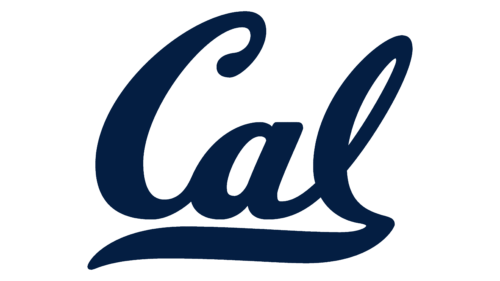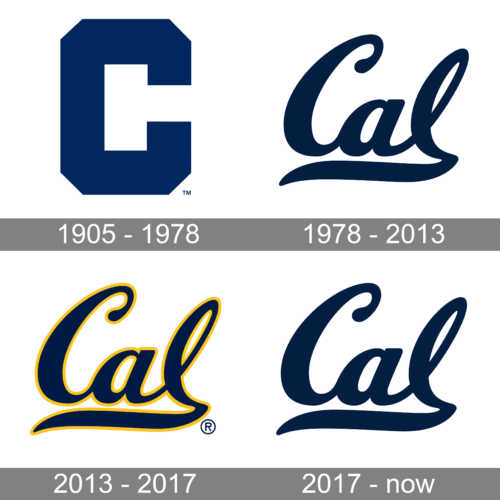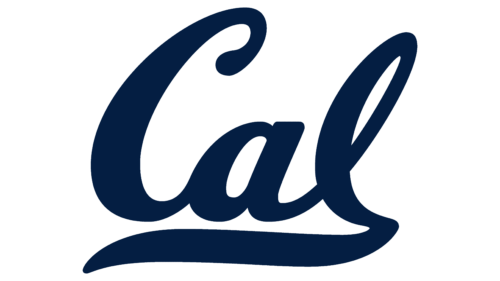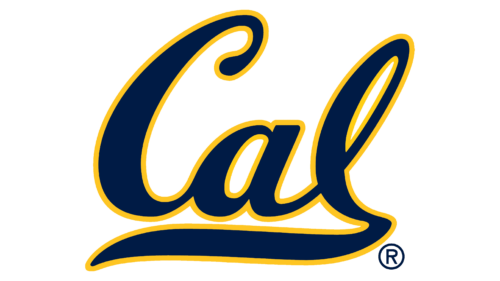 California Golden Bears Logo PNG
California Golden Bears Logo PNG
California Golden Bears is an athletic program of the University of California Berkeley, which is the oldest and most important campus in the University of California system. The university was founded in 1868, and in 1885 it got its athletic program, which was named the Golden Bears in 1895.
Meaning and history
California Golden Bears teams compete in the First Division of the National Collegiate Athletic Association and are one of the strongest athletic programs in the Pac-12 Conference. Pac-12 was established in 1915 as the Pacific Coast Conference, and today it consists of 12 teams, which participate in 24 sports disciplines.
The University of California Berkeley traces its history back to 1866, growing from a small private college. Within half a century, the university was already perceived as an institution with a strong faculty, and by the mid-20th century, Berkeley’s achievements became world-renowned, and the athletic achievements of the university’s athletic program made the university also one of the strongest in the country. In the history of the California Golden Bears, the program’s teams have won 115 titles. Moreover, the university’s alumni athletes have won 103 Olympic gold medals in different years.
The Berkeley athletic program got its current name in 1895. Bear is one of the symbols of the United States, which symbolizes strength, power, and stability. As for the “Golden” part of the name, it comes from the nickname of California, which is the “Golden State”.
What is California Golden Bears?
California Golden Bears is the name of an athletic program at the University of California Berkeley. The program consists of 14 men’s and 16 women’s athletic teams, which compete in various sports disciplines, including Basketball, Baseball, Soccer, and many others.
In terms of visual identity, California Golden Bears are quite minimalistic and don’t use any graphics (not even a bear image), apart from the stylized short lettering. The logo is set in one of the two official colors of the program, blue.
1905 – 1978
The original California Golden Bears logo was created at the beginning of the 20th century and featured a bold blue capital letter “C” written in a geometric typeface, in the shape of an octagon. This laconic logo stayed with the program for more than 70 years and has always been a symbol of confidence and stability.
1978 – 2013
The redesign of 1978 introduced the script California Golden Bears logo, which became the basis of the insignia the teams still use today. It was a dark-blue “Cal” lettering, with the elongated tail of the “L” underlining the inscription. It was a very elegant yet still stable and strong logo, which was used by the teams of Berkeley until 2013.
2013 – 2017
In 2013 the California Golden Bears logo was slightly refined. The blue script lettering got a bright yellow outline, reflecting the official color scheme of the athletic program, the Berkeley Blue and the California Gold. The logo started looking more vivid and playful.
2017 – Today
Four years later, the California Golden Bears teams decided to return to their logo from 1978, with the solid blue lettering on a plain white background. The script “Cal” was kept in its original design, with not a single modification.
Font and color
The bold script lettering from the primary logo of the California Golden Bears athletic teams is set in a custom designer typeface, created for the university in 1978. The characters feature smooth yet thick lines, which make up an elegant and stable image.
As for the color palette of the California Golden Bears’ visual identity, officially it consists of two shades — the Berkeley Blue and the California Gold. However, the logo of the program is set in just blue on a transparent background.












